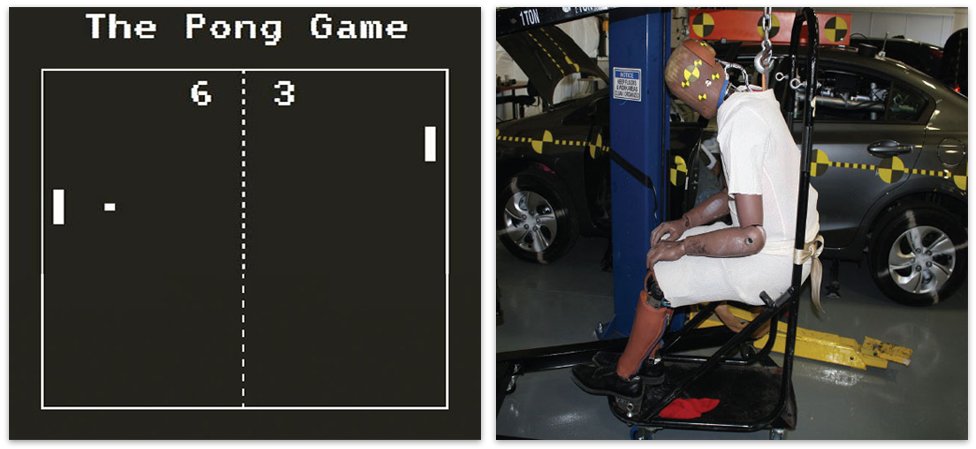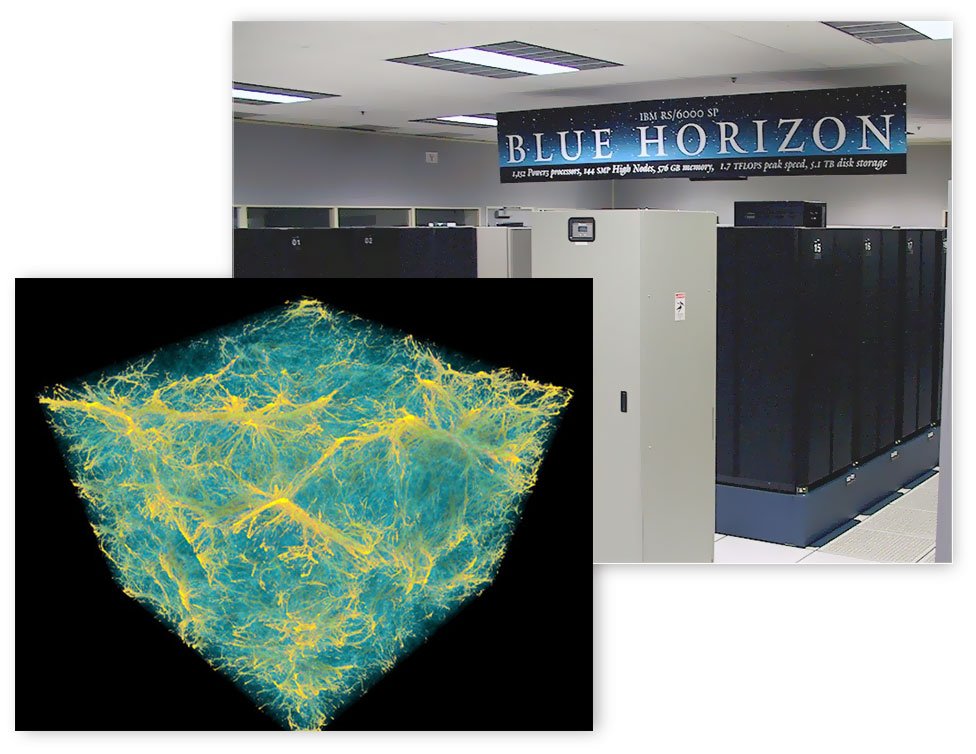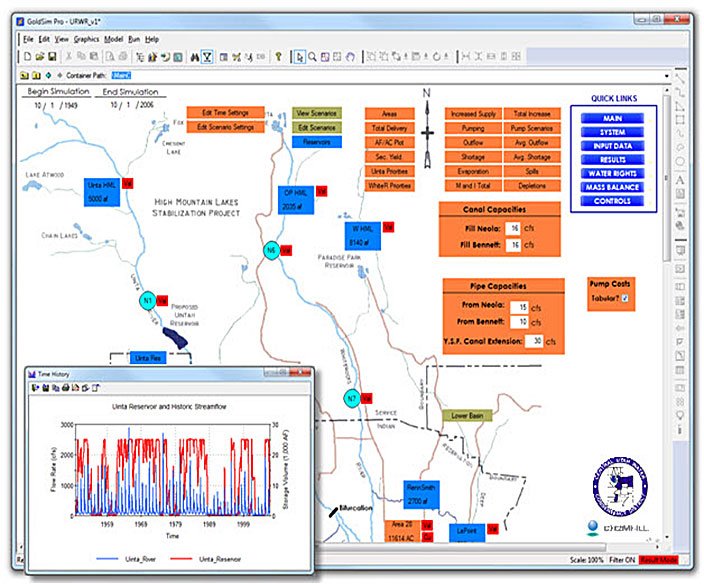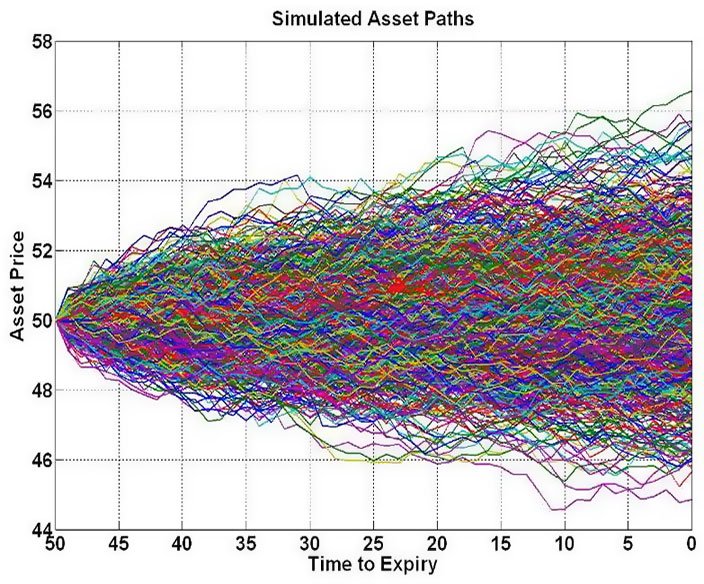If you want to see how a model’s behavior changes over time, you can run a simulation. Simulations can be done using models in real life, but often computers are used to run simulations in the virtual world.
Computer simulations can be very simple, running on a single computer in a matter of seconds. Or they can be very complex, requiring a room full of networked computers working over several days.

(left) The tennis simulator Pong was developed in 1972. (right) Crash tests are an example of real-life simulation models.



